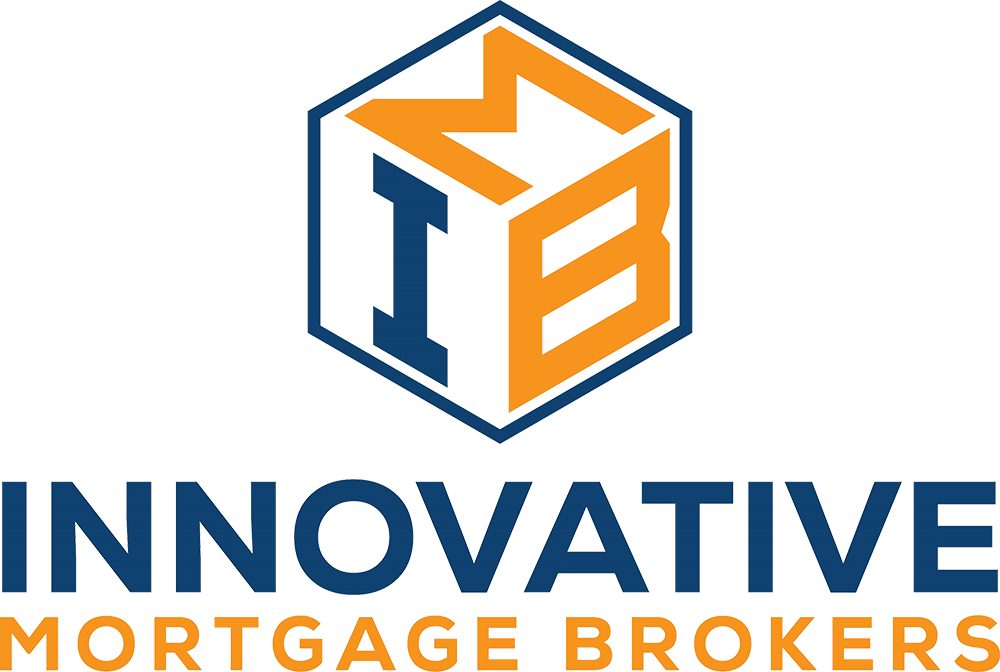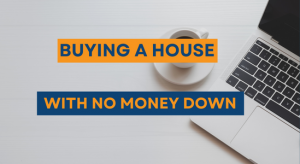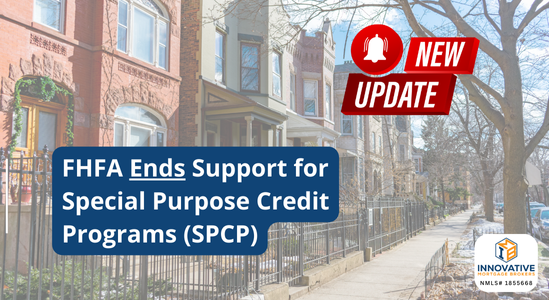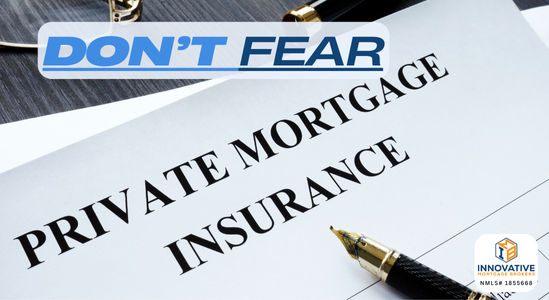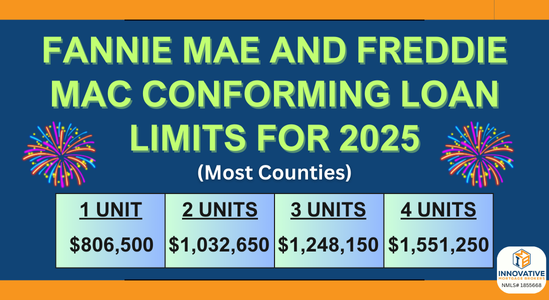What It Means for Borrowers and the Industry In a significant policy shift, the Federal…
Buying a House with No Down Payment
Buying a house with no down payment is possible. It sounds crazy, but there are loan programs that don’t require money down; however, you must still cover the closing costs, in some cases. So you’ll need some money to close the loan, but you may even get help from the seller to cover those costs.
If you don’t qualify for one of the no down payment mortgages, USDA, or VA loans, there are low down payment options and ways to get help with the money required to close.
Either way, you have access to a no or low down payment and can buy a home sooner.
How to Buy a House Without a Down Payment
If you are eligible for a USDA or VA loan, that’s the easiest way to qualify for a no down payment loan. Both loans are government-backed, don’t require any money down, and have attractive interest rates.
If you aren’t eligible for either program, you may get help with your down payment on low down payment programs from family, a loan from your retirement account, down payment grants, or help from the seller with closing costs.
The key is to exhaust all your options to determine which works best for you to help you buy your first home.
No Down Payment Mortgage Programs
First, let’s look at the no down payment mortgage programs.
USDA Loans
USDA loans for low to moderate-income households who live in rural areas. The good news is the USDA has a much broader definition of rural.
If your household income is less than 115% of the area’s median income, and you can find a house the USDA considers rural, you might qualify for a no down payment mortgage.
To be eligible, you must prove your entire household income, not just the income from the borrowers on your loan. If that income is less than 115% of the area’s median income, you must meet the following requirements:
- A minimum credit score of 640
- A maximum debt-to-income ratio of 41%
- Proof you don’t currently own a home
- Proof of a 2-year employment history with stable income
- Proof you’ll occupy the property as your primary residence
VA Loans
The VA loan program is another no down payment mortgage program, but it’s for military members, veterans, and surviving spouses.
To be eligible, you must be one of the following:
- An active military member with at least 90 days of consecutive service
- A veteran who fulfilled his/her entire period called to active duty with an honorable discharge
- A member of the Reserves or National Guard for six years or a surviving spouse of a military member.
If you meet the eligibility requirements, plus the qualifying requirements below, you can get a mortgage with no down payment:
- Minimum 620 credit score (this varies by lender)
- Maximum 41% – 43% debt-to-income ratio
- Stable income and employment for the last two years
- Proof you’ll occupy the home as your primary residence
- Certificate of Eligibility from the VA
Other Options for No or Low Down Payment Mortgage Loans
If you don’t fit either program above, there are low down payment options that may help you buy a home faster.
Conventional Loans
Conventional loans require as little as 3% down for first-time homebuyers. You’ll need higher credit scores and lower debt-to-income ratios, but if you qualify, you can get a home with $3,000 down for every $100,000 you borrow.
Conventional loans require Private Mortgage Insurance (PMI), unless you do 20%+ down. The amount you pay depends on your credit score and the loan-to-value ratio. The lower your credit score or higher your LTV, the more you pay. However, you can cancel PMI when you owe less than 80% of the home’s value.
To qualify, you must have the following:
- 660+ credit score (this varies by lender)
- Maximum 36% – 43% debt-to-income ratio (could be higher, depending on compensating factors)
- Stable income and employment for the last two years
- A loan amount below the conforming loan limits ($726,200 in 2023)
FHA Loans
Borrowers who don’t qualify for conventional financing may consider an FHA loan. You need only 3.5% down, but your mortgage payment will include mortgage insurance for 11+ years
FHA loan requirements are as follows:
- A 580+ credit score
- A maximum 55% debt-to-income ratio
- Stable income and employment for the last two years
- Proof you’ll occupy the home as your primary residence
How to Increase your Down Payment on a House
If you don’t qualify for a 0% down payment loan, here are ways to get the money needed.
- Borrow from your retirement accounts – You may be eligible to borrow money for your first home from your 401K or IRA. Check with your plan sponsor to determine if you can and on what terms.
- Ask family for help – If your family members are willing to help with your down payment, you can use gift funds toward your down payment. Discuss the options with your loan officer about the appropriate way to receive the funds so the lender can count them toward your down payment.
- Apply for down payment assistance – Many local governments offer down payment assistance programs. They are often grants, but sometimes are second loans on your property that they forgive if you satisfy the terms. Check with your local HUD agency or your loan officer to see what’s available. Here is a list of some of our lender accepted down-payment assistance programs. However, for an updated list, please give us a call.
Final Thoughts
Buying a house with no down payment is possible. The key is determining which loan program you qualify for and sourcing the necessary funds.
It helps if you have average credit and debt-to-income ratios to ensure you qualify for the programs and can get assistance. Don’t be afraid to apply for down payment assistance programs or use gift funds for your down payment.
The more money you put down on your home, the more equity you have immediately, and the lower your mortgage payment will be. But, if you don’t have any money to put down, there are affordable loan programs to help you buy your first home.
